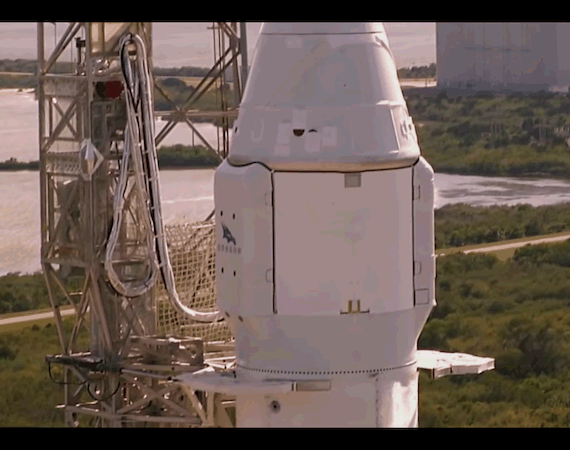This excellent answer to the question Why is Falcon 9's shape so tall and skinny? mentions California, Florida, Texas and Alabama, within and between-which there must be at least a few limiting underpasses through which Falcon-9 must go, "ere the other side he see".
If aspect ratio were not constrained by transportation on fascinating public roads and infrastructure (if for example there were just a bunch of very long, rocket-friendly but otherwise boring tunnels instead), would the Falcon 9 have evolved to be substantially shorter and/or substantially larger in diameter than it's svelte 3.66 meter OD? If the plan to go to Falcon Heavy was still in place, what might Falcon 9's dimensions have been?
It seems to me that the extra propellants accommodated by every 10 cm in additional diameter might more than compensate for the additional structural weight and aerodynamic body drag, so I don't see anything that would be preventing it from getting somewhat wider, perhaps a lot wider! But I'm no rocket scientist, so I'm asking here.
Of course, if it weren't so skinny, we might not be able to ask questions like Why does the CRS-8 Falcon 9 rocket appear to be swaying before launch?
The unconfirmed SpaceX adjective "flying noodle" comes from comments below the as yet still unanswered question Just how much can tall skinny rockets bend? (roughly, safely)
below: GIF of Falcon 9 faster than normal speed to make the motion more visible.
